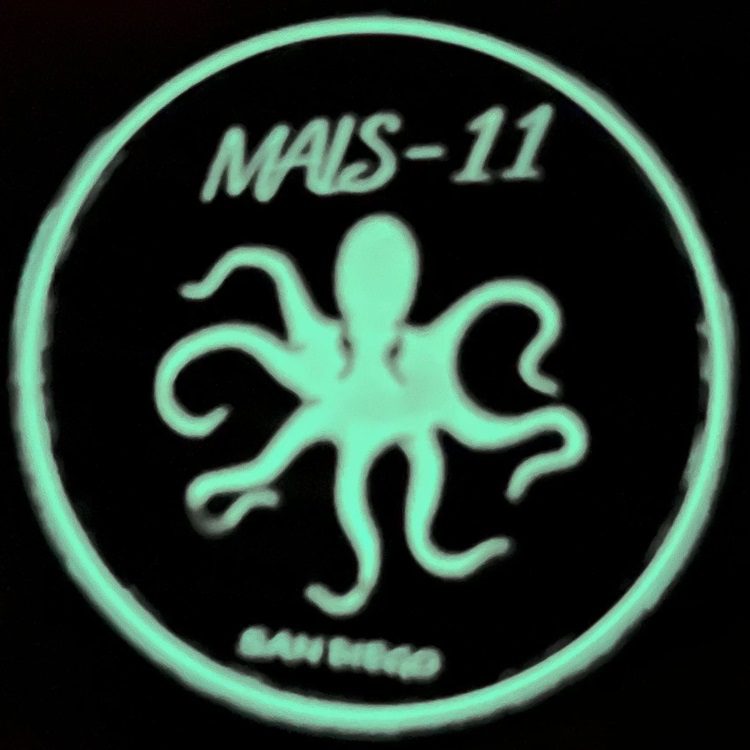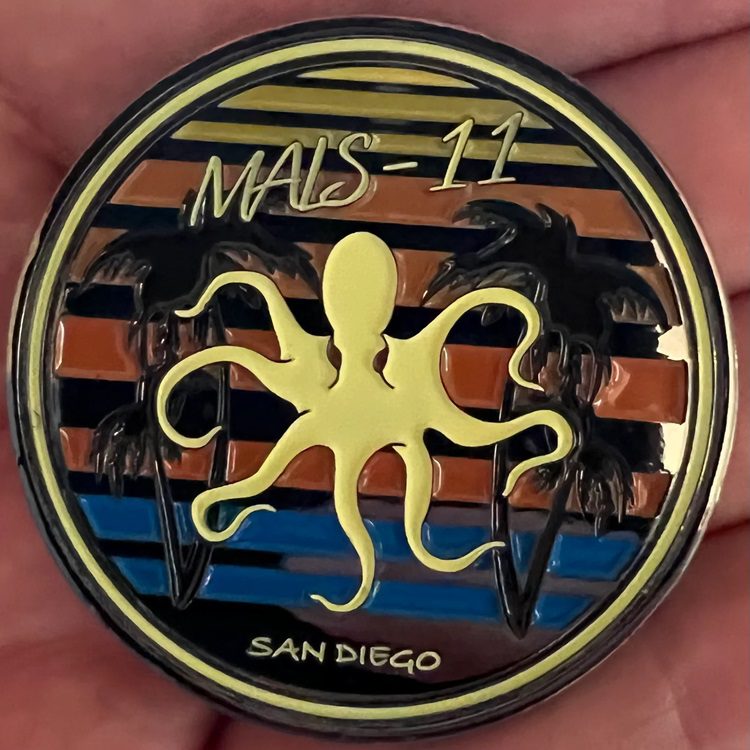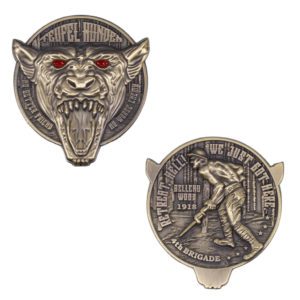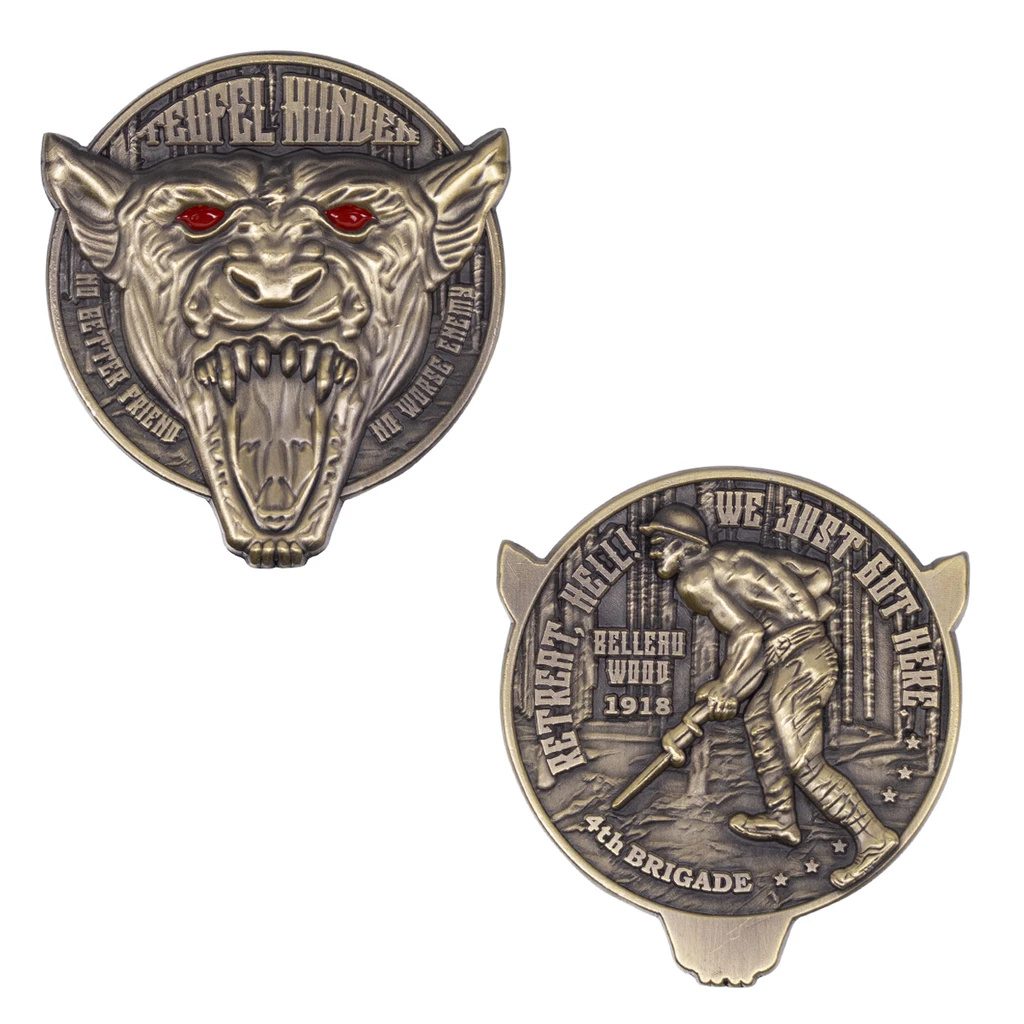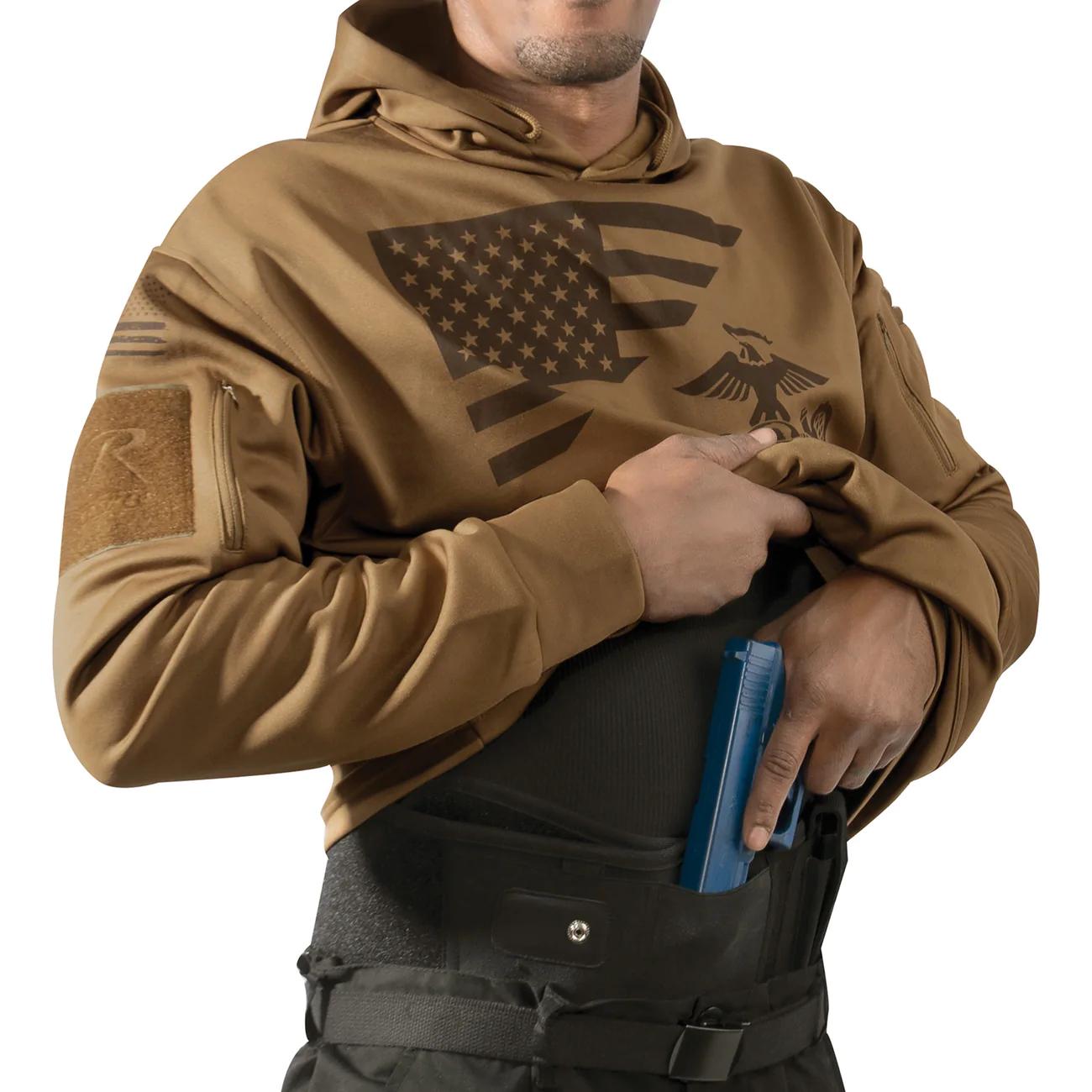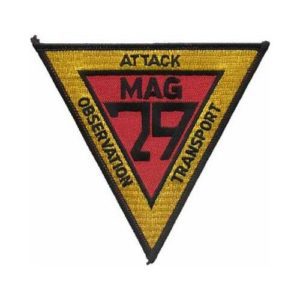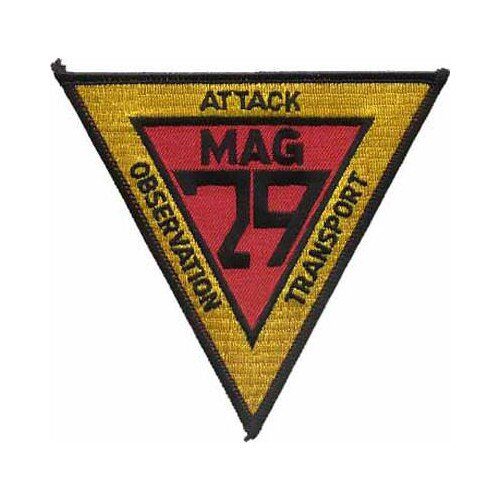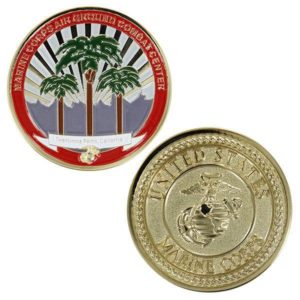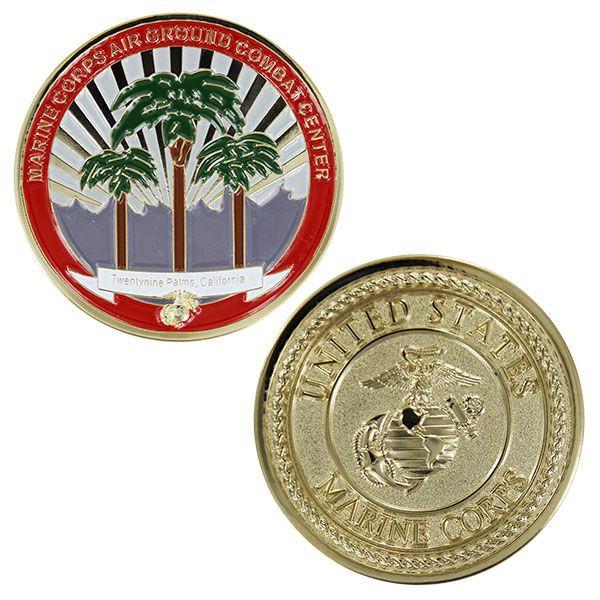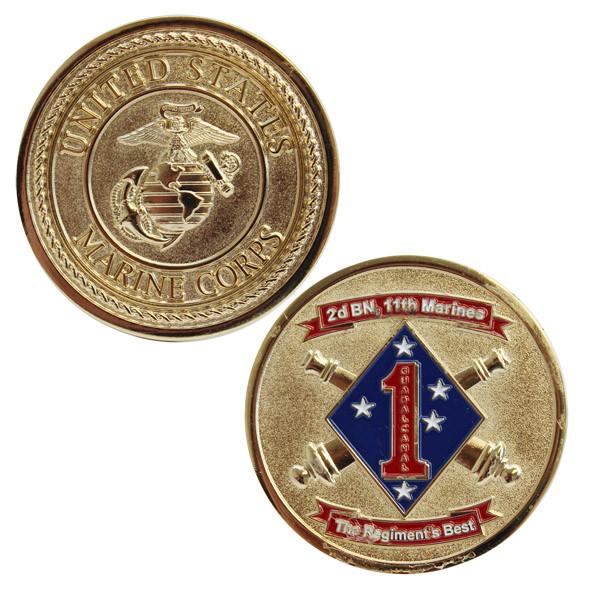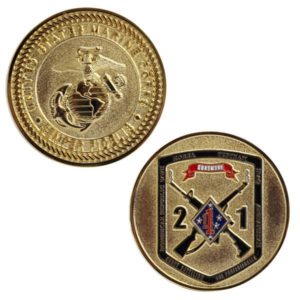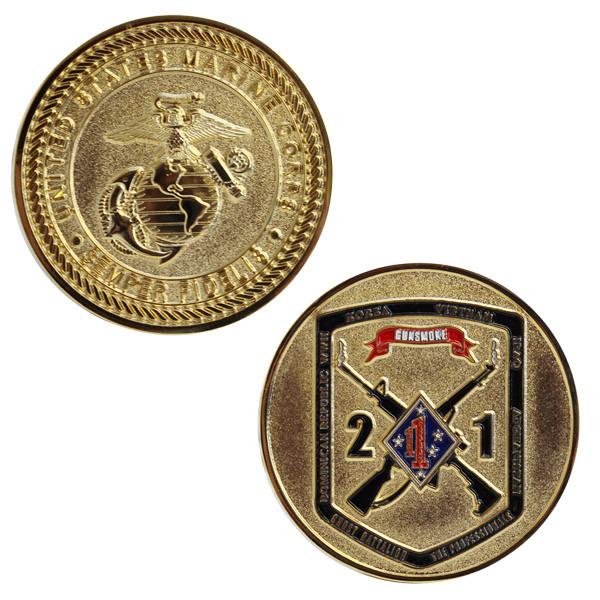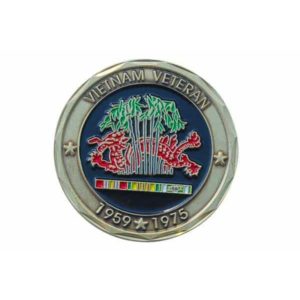Description
Showcase your Devilfish pride with this MALS-11 Marine Corps challenge coin. It features the squadron’s insignia on one side. And the other side showcases the same octopus, but glow in the dark, with a tropical background and “San Diego.”
US Marine Corps MALS-11 Devilfish Challenge Coin Features
- MALS-11 Devilfish Challenge Coin
- One side glows in the dark
- Bronze alloy.
- Measures 2 inches
- Individually packaged
- Licensed by the U.S. Marine Corps.
- Fast Delivery!
About Marine Aviation Logistics Squadron 11 – MALS-11
Marine Corps Challenge Coins
Marine Corps challenge coins are deeply rooted in military tradition. They symbolize honor, camaraderie, and individual accomplishments in the USMC.
Military challenge coins trace their roots back to ancient Rome, where custom coins rewarded exceptional feats. They later evolved into “portrait medals” during the Renaissance.
In the early US military, challenge coins were exclusive to high-ranking officers recognizing exceptional achievements. Notably, in World War I, a pilot’s coin saved his life by proving his identity. Some argue that modern challenge coin traditions, including in the Marine Corps, originated during the Vietnam War for bar entry.
Today, these coins signify specific achievements or service excellence and carry sentimental value, serving as tokens of significant moments in a Marine’s journey.
Marine Coin Check, Traditions, and Rules
A coin check is a spontaneous challenge where members must promptly display their coins.
Rules for coin checks are informal, allowing challenges to occur anywhere, anytime, by displaying the coin and shouting “coin check!” Accidentally dropping a coin counts as a deliberate challenge. Responding within ten seconds by presenting a unit’s coin is essential.
Consequences add a playful element: failure to produce a coin results in buying drinks for the challenger and others. Conversely, a successful challenge requires the challenger to buy a round for the group.
The tradition also includes coin theft, with successful thieves earning a drink. Coins are typically carried for easy access, with a widely accepted rule of “a step and a reach.” Presentation often occurs subtly during handshakes, with modifications like drilling holes or attaching them to belt buckles invalidating their challenge status.



